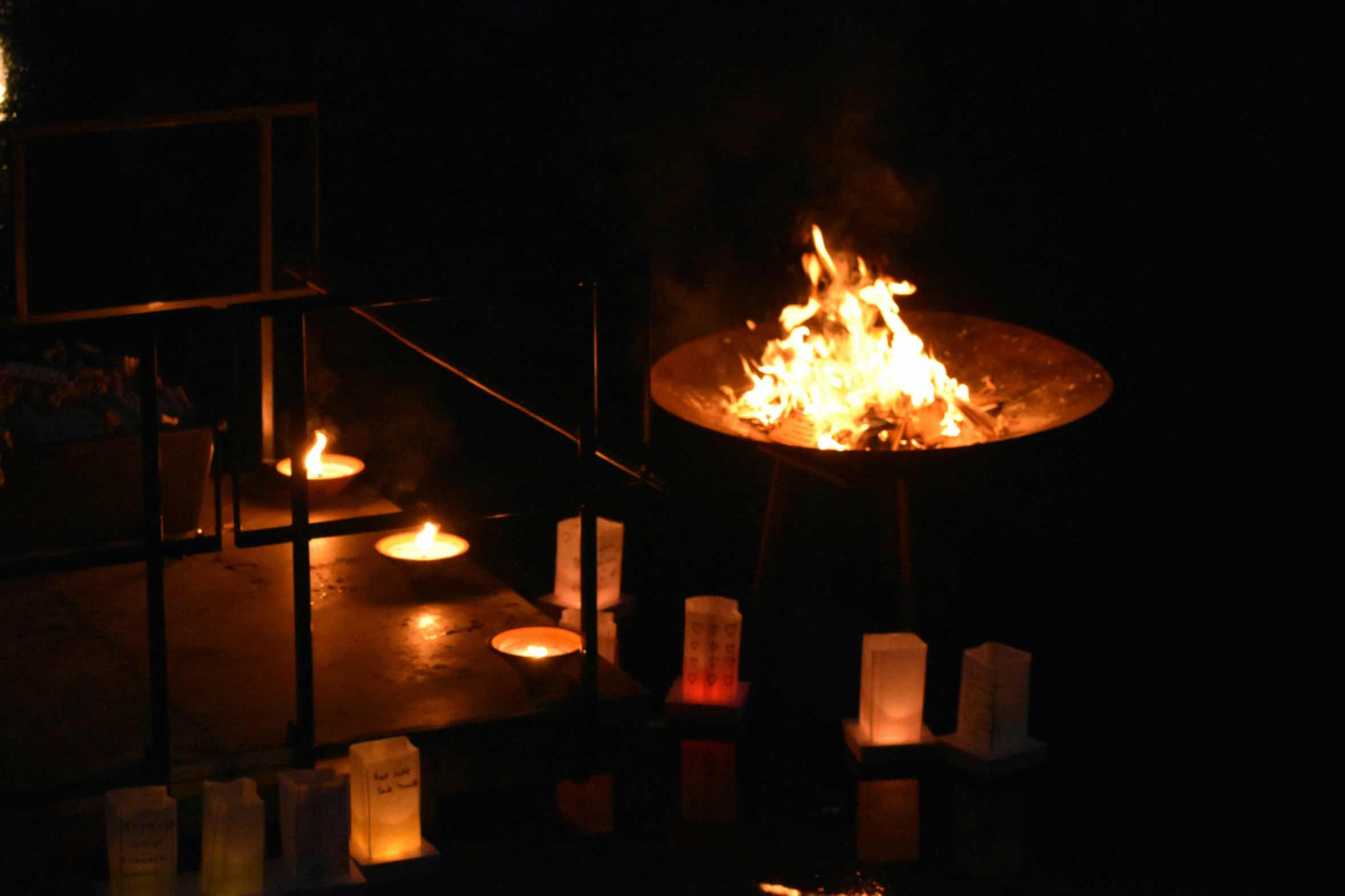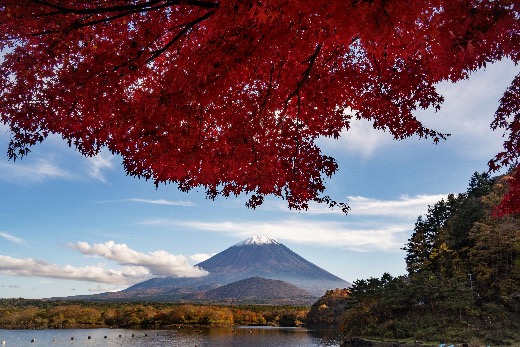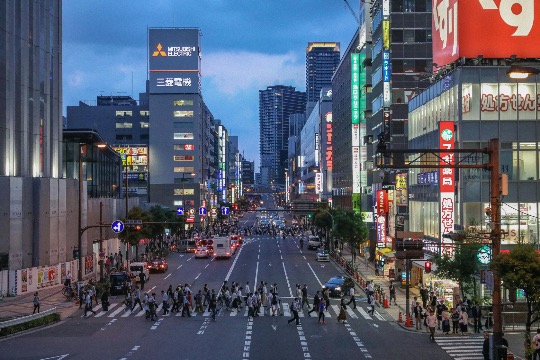Obon: Japan’s Festival of Ancestral Spirits
Every summer, Obon sweeps across Japan like a familiar melody; one that signals it’s time to pause, reconnect, and remember. Trains and buses carry millions back to their hometowns, workplaces fall quiet, and communities prepare for days filled with tradition and reunion.
The heart of Obon lies in welcoming ancestors home, but the ways people celebrate are as varied as the landscapes of Japan: from lively all-night dances in small towns to candlelit rivers that shimmer under the night sky. It’s a period where routines give way to shared meals, heartfelt rituals, and moments that bridge generations.
What Is Obon and When Is It Celebrated?
Obon (お盆) is a Japanese Buddhist festival and family reunion holiday dedicated to honoring ancestral spirits. It usually takes place over three days in mid-August, most commonly from August 13th to 16th.
During this time, it is believed that ancestors return from the afterlife to visit living relatives. Families welcome them with ceremonies and later send them off at the festival’s end. A midsummer tradition passed down for generations.
Although not an official public holiday, many people receive time off, and companies often close for several days. Big cities like Tokyo can feel quiet as millions travel to hometowns, while trains, highways, and airports become extremely crowded.
Most regions celebrate in August (“Hachigatsu Bon”), though parts of Tokyo and Tohoku hold it in mid-July (“Shichigatsu Bon”), and Okinawa and the Amami Islands follow the lunar calendar in late August or September.
Despite these calendar differences, the essence is the same: welcoming ancestors’ souls, paying respects, and strengthening family and community ties.
Obon’s Historical Background
Obon’s roots go back over 500 years, mixing Buddhist doctrine with ancient Japanese ancestor veneration. It is closely related to the Buddhist Ghost Festival (Ullambana) and China’s Zhongyuan Festival, both honoring ancestral spirits.
According to Buddhist legend, Obon comes from the story of Maha Maudgalyayana (Mokuren), a disciple of Buddha, in the Ullambana Sutra. Using spiritual powers to find his deceased mother, Mokuren saw she had fallen into the Realm of Hungry Ghosts.
Distressed, he asked Buddha for help and was told to make offerings to monks at the end of their summer retreat (the 15th day of the 7th month). Doing so relieved her suffering, and Mokuren danced with joy. This is said to have inspired Bon Odori, symbolizing both gratitude and the joy of ancestors’ liberation.
As Buddhism spread, it blended with Shinto beliefs that saw ancestral spirits (先祖, senzo) as household guardians. Long before “Obon” became common, villages held midsummer rituals to welcome spirits home and guide them back to the otherworld, often with offerings, bonfires, and prayers for good harvests.
By the Edo period (1603–1868), lanterns, dances, and household altars were already familiar customs. The Meiji era (1868–1912) and early 20th century brought greater standardization, with the shift from the lunar calendar to fixed summer dates, making it easier for communities to coordinate celebrations. This helped Obon evolve into both a spiritual observance and one of Japan’s most anticipated family homecomings.
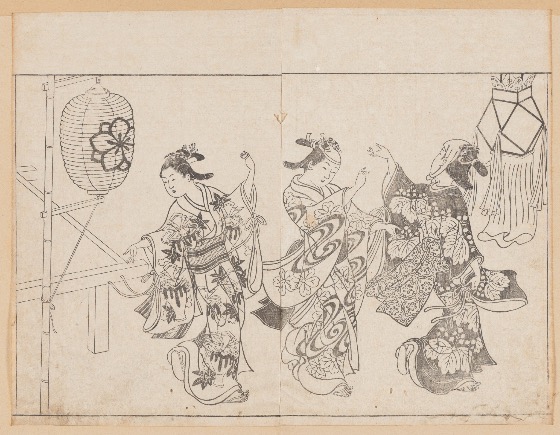
Traditional Obon Customs and Rituals
Welcoming and sending off ancestral spirits are at the center of Obon, carried out through customs that differ by region but share the same meaning: reconnecting with those who came before us and showing gratitude for their protection and guidance.
Mukaebi (迎え火, Welcoming Fires)
On the first evening (August 13th), families light mukaebi, small fires or lanterns, to guide spirits home. Traditionally, bundles of hemp stalks or pine branches are burned; in cities, candles or lanterns are placed outside doors or on family altars. These gentle flames symbolically light the way for loved ones returning from the beyond.
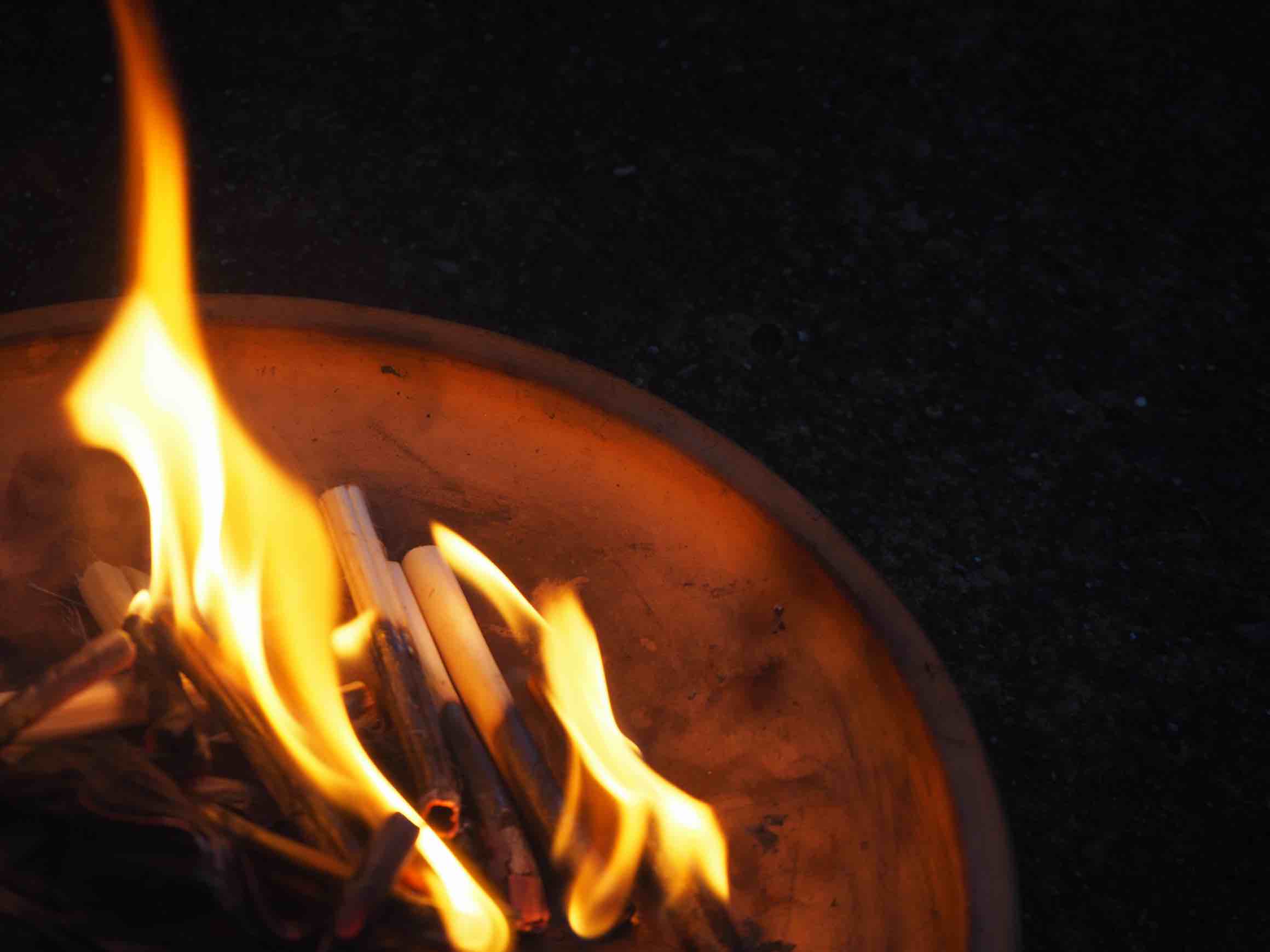
Ohakamairi (お墓参り, Grave Visit ) and Cleaning
Visiting the family grave is a central act of respect. Relatives sweep, wash gravestones, trim weeds, and offer flowers, incense, and sometimes ancestors’ favorite foods. In smaller towns, graveyards can be lively during Obon as families from across Japan reunite.
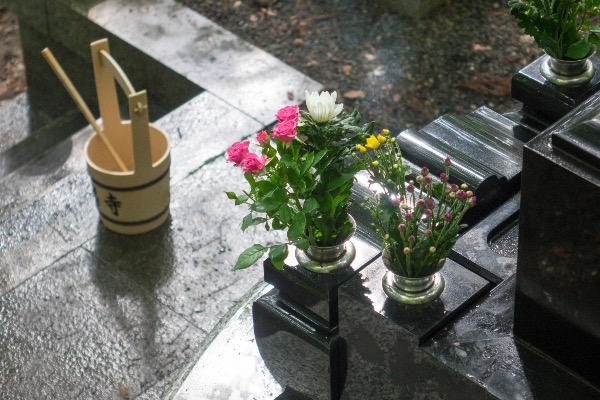
Food Offerings and the Butsudan (仏壇)
Inside homes, the Buddhist altar is arranged with seasonal fruits, sweets, and dishes once enjoyed by the ancestors. A distinctive custom in some areas is the shōryō-uma: cucumber “horses” to bring ancestors swiftly home, and eggplant “cows” for a slow and gentle return journey. These offerings, often set alongside incense, flowers, and candles, help make the spirits feel welcome.
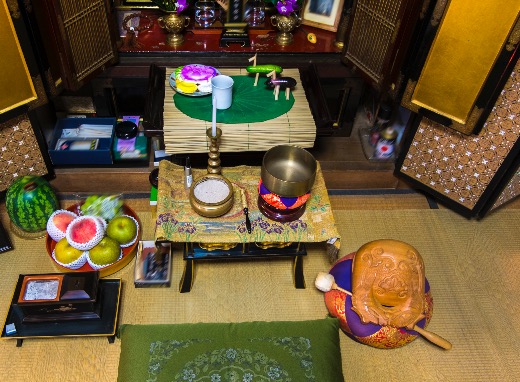
Bon Odori (盆踊り, Bon Dance)
Obon may honor the dead, but it’s far from only being a mournful time. Evenings on August 14–15 bring Bon Odori, perhaps the most festive part of Obon. Villages, towns, and neighborhoods host dances around a central platform (yagura) with traditional music (taiko drums, flutes) that changes from place to place.
The steps are simple and repetitive, sometimes depicting local history or activities (like fishing or mining). Many also have a matsuri atmosphere, with food stalls, game booths, and even fireworks, celebrating both reunion with ancestors and bonds among the living.
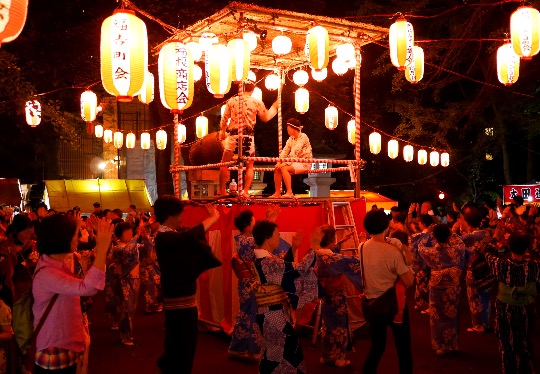
Okuribi (送り火, Farewell Fires) and Tōrō Nagashi (灯籠流し)
On the final night (August 16th), farewell fires are lit to guide spirits back to the otherworld. An especially beautiful custom is tōrō nagashi: paper lanterns set afloat on rivers, lakes, or the sea. These drifting lights symbolize guiding ancestors back along a river path of light.
All these glowing farewells, serve as the final goodbye, ensuring that ancestors return peacefully and will be welcomed again next year.
Together, these customs form a complete cycle: an invitation, a shared moment, and a gentle goodbye.
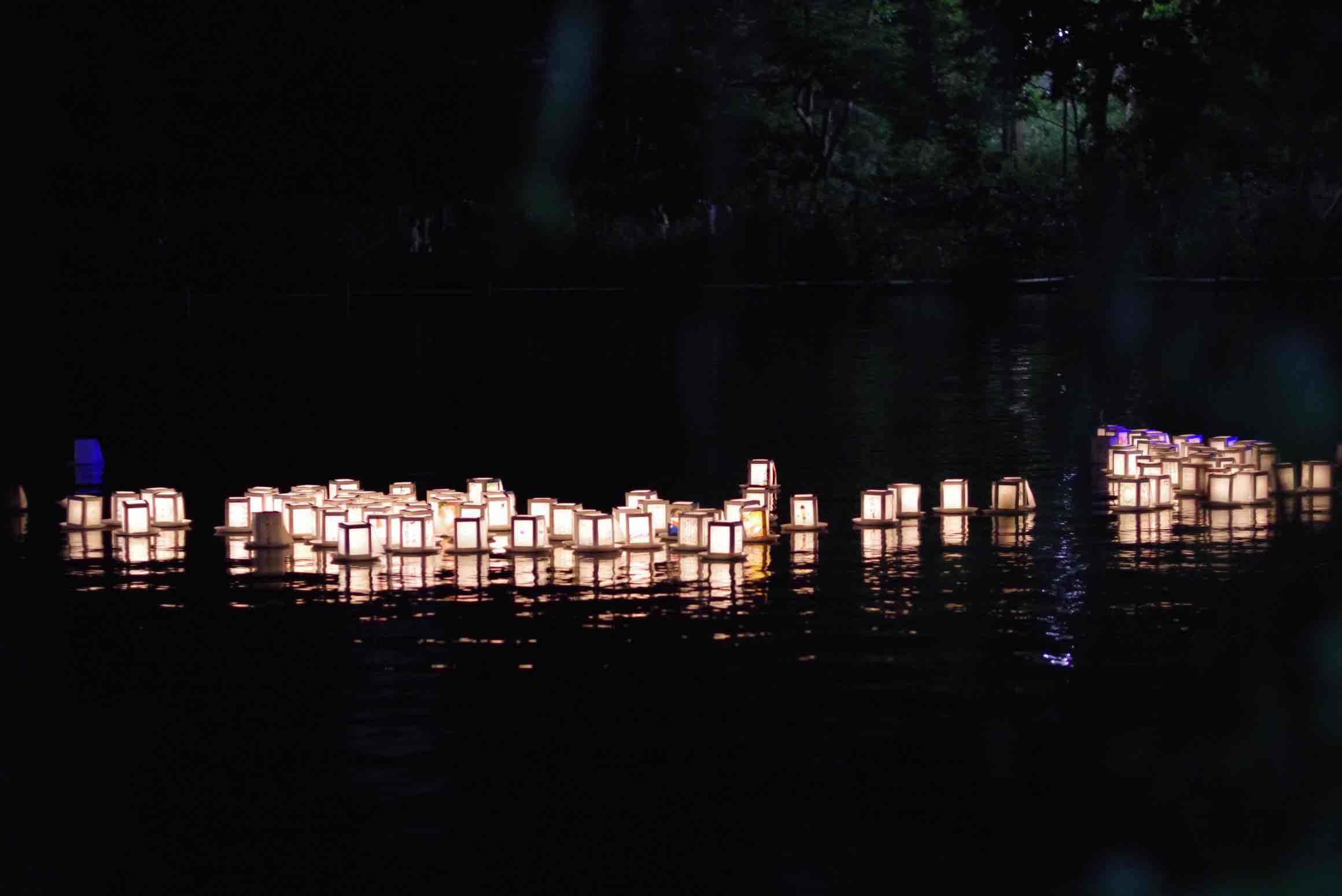
Famous Obon Celebrations
While the core customs of Obon are shared nationwide, each region adds its own flavor, shaped by local history, geography, and community spirit. Some celebrations have become so distinctive that they attract visitors from across Japan and abroad.
Kyoto – Gozan no Okuribi
In Kyoto, the farewell fires reach monumental scale during Gozan no Okuribi (“Five Mountain Send-Off Fires”). On August 16, visible from the city, five giant bonfires blaze on surrounding mountains, each forming a character, the most famous being “大” (dai, “big”).
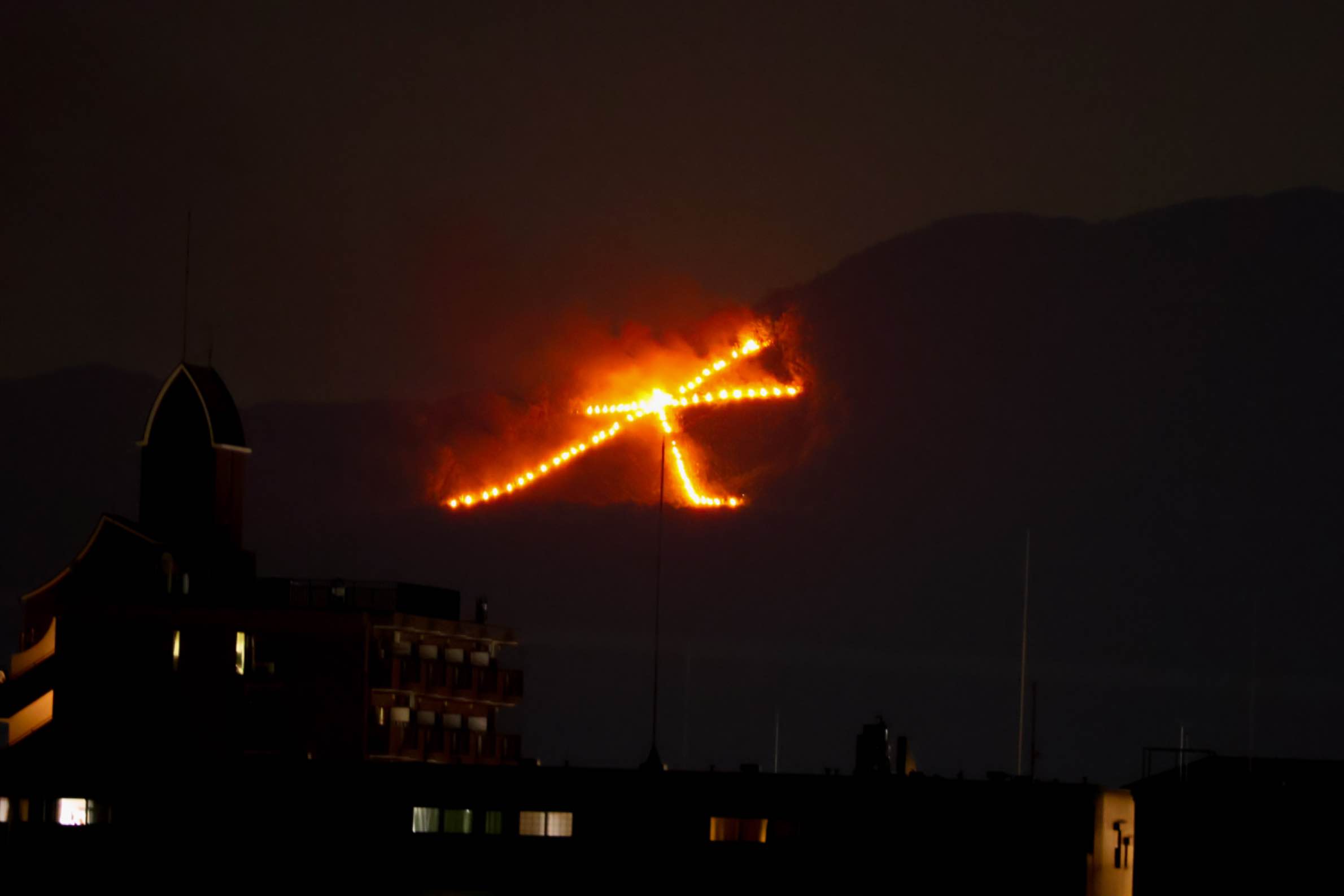
Tokushima (Shikoku) – Awa Odori
In Tokushima Prefecture, Obon is synonymous with Awa Odori, Japan’s largest Bon dance festival, drawing over a million spectators each year. From August 12–15, the streets fill with thousands of dancers in straw hats and yukata, moving to the rhythm of shamisen, drums, and flutes. Its famous saying: “The dancers are fools, the watchers are fools, if both are fools you might as well dance!” captures the festival’s infectious joy!
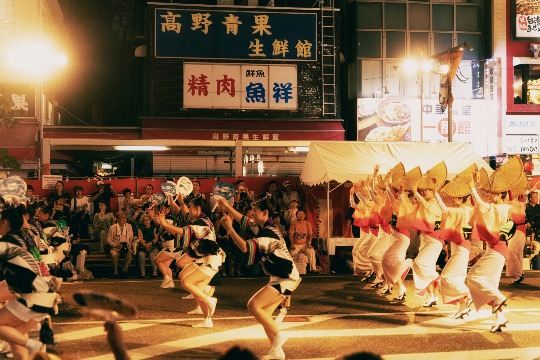
Nagasaki – Spirit Boat Procession (shōrō nagashi)
On August 15, Nagasaki families build colorful spirit boats adorned with lanterns, photos, and messages. At dusk, they’re pulled through the streets toward the harbor in a procession known as Shōrō Nagashi. Firecrackers snap to ward off evil, while drums and gongs create a lively send-off for the souls of the departed.
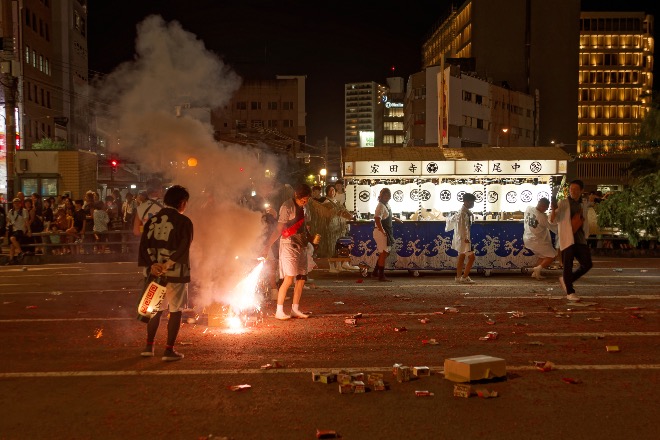
Gifu – Gujō Odori
In the castle town of Gujō Hachiman (Gifu Prefecture), Obon marks the peak of a dance festival running for thirty-two nights from mid-July to early September. From August 13–16, dancing continues from dusk until dawn, earning Gujō Odori recognition in the UNESCO's Intangible Cultural Heritage List!
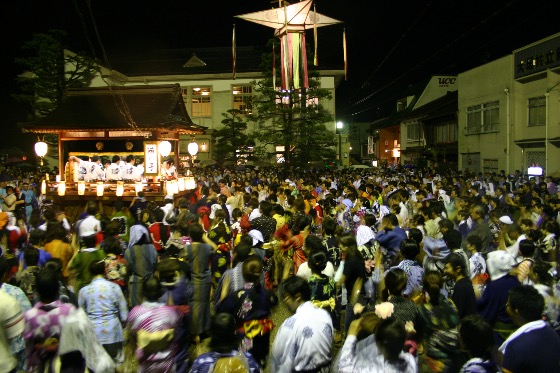
These are just a few highlights. Nearly every locality in Japan has its own Obon flavor. Even within the same city, one ward’s festival can differ from another’s. And, because of regional calendar differences, one could experience multiple Obon celebrations in one year! These regional expressions keep Obon vibrant and alive, showing how a shared tradition can take on countless local forms while keeping its core meaning intact.
Tips Newcomers: How to Experience Obon Respectfully
If you are a foreigner, exchange student, or doing an internship in Japan during Obon, you’re in for a fascinating cultural experience. However, it helps to know what to expect and how to participate considerately. Here are some practical tips:
Plan for Holiday Closures and Crowds
Obon is one of Japan’s busiest travel periods, often compared to New Year’s and Golden Week. Many people return to their hometowns, so trains, buses, and highways can be congested. Shops, restaurants, and offices sometimes close for several days. If you’re traveling, book transport and lodging well in advance, and allow extra time to move between destinations. Also, avoid peak travel days, if possible, typically around August 10–11 (outbound from cities) and August 16 (returning).
Travel Opportunities During Obon
If you plan smartly, Obon can be a chance to explore off-the-beaten-path places. While famous tourist spots will likely remain crowded, some cities empty out when residents go back to their hometowns (Tokyo, for instance, can be relatively calm). If you do travel during Obon, consider visiting smaller towns that normally don’t get as many tourists; you might find local festivals that are unique and even more welcoming. Just book accommodation and transport early on, as prices surge during Obon week!
Mind the Spirit of the Holiday
Even if you’re attending as a tourist, remember that Obon is a sacred period for Japanese families. It’s a mix of festive fun and deeply personal remembrance. So while you enjoy the fireworks or dances, keep in mind the cultural significance. It’s fine to have fun (that’s what the festival is for) just be sensitive that for locals, this isn’t just a “show” but part of their heritage.
Joining Bon Odori
Do join the festivities! One of the best ways to enjoy Obon is by attending a local Bon Odori dance or summer festival in whatever area you’re in. These are usually held at shrines, temple grounds, parks, or even shopping streets in the evenings. Tourists and outsiders are generally welcome to participate; you don’t need a formal invitation!
Just show up in casual attire (light clothing; or try wearing a yukata if you have one, although it’s optional). When the music starts, you can either watch or jump into the dance circle. Don’t worry if you don’t know the steps; simply follow along by observing those around you. Bon dances are repetitive and meant for everyone to join, so after a few rounds you’ll get the hang of it!
If you prefer to watch, feel free to clap to the beat and cheer. Taking photos is usually fine (these are public events) but avoid flash and refrain from interrupting dancers or performances. And most importantly, don't forget to have fun!
Experiencing Obon as a foreign visitor or intern in Japan can be incredibly rewarding. You’ll witness Japan’s cultural heart, and by understanding the basics and showing courtesy, you can be part of a very lively tradition, and perhaps even feel a bit of the familial warmth that defines Obon. So, don’t be shy: soak in the atmosphere and enjoy the festive magic of Obon!

Carrying the Spirit Forward
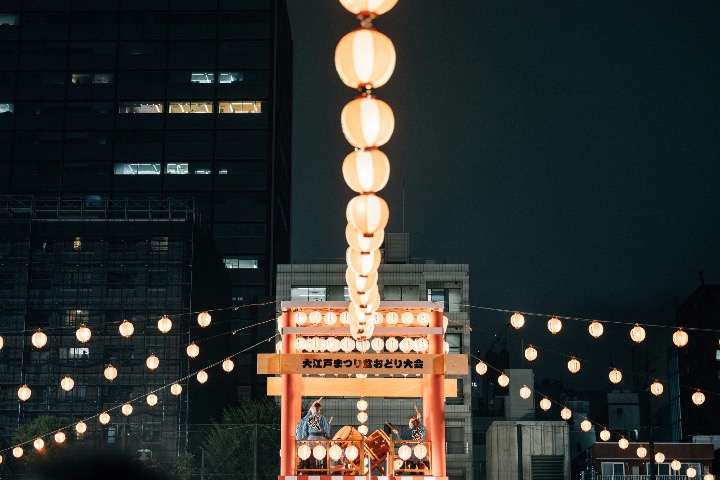
Obon remains one of Japan’s most anticipated times of year, bringing together centuries-old traditions with the realities of modern life. For many, it is a rare moment to step away from daily routines, leave crowded cities behind, and spend time with family. Streets fill with the sound of drums and laughter, while lanterns and fires mark the cycle of welcoming and sending off ancestral spirits.
It is a time when reflection and celebration go hand in hand: honoring those who came before, strengthening bonds among the living, and finding space to rest and recharge. Long after the last lantern fades, the memories and connections made during Obon continue to shape communities until the season returns again.
🕯️ Step Into Japan’s Ancient Traditions
Obon is just one of the traditions you might witness while interning in Japan: a time when streets fill with lanterns, music, and a sense of connection that goes back centuries. And our internships in Japan give you the chance to be here for moments like this.
Curious to learn more? Reach out and discover how you can be part of it; or jump right in and join our program if you’re ready to take the next step!

